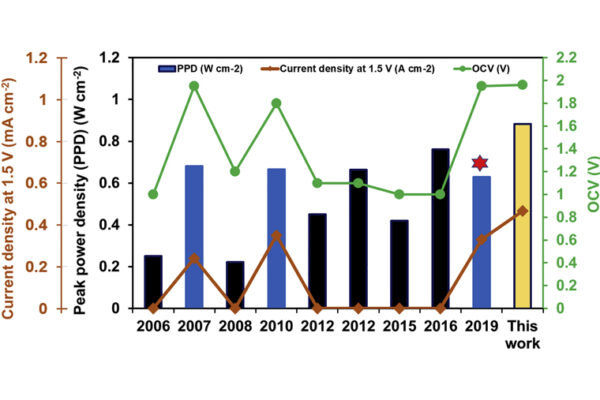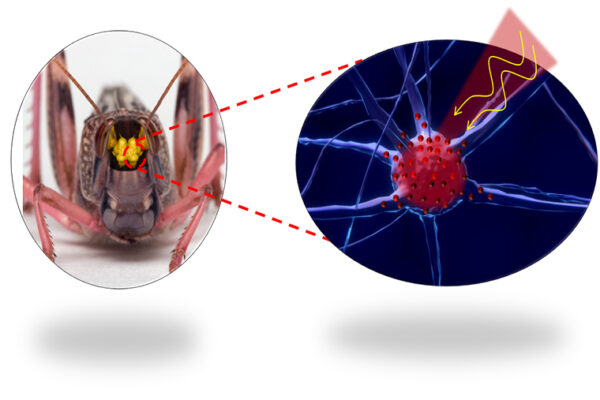It might seem reasonable to assume that two cells that grow together and carry the same genetic material would have the same behavior, but that isn’t the case. One cell might be vulnerable to antibiotic treatment, and one might persist. One might be a hard worker, and one might not work much at all.
Fuzhong Zhang, an expert in synthetic biology in the McKelvey School of Engineering at Washington University in St. Louis, seeks to understand what causes cells to have different metabolic activity with a nearly $2 million Maximizing Investigators’ Research Award from the National Institutes of Health (NIH). The grant provides support for fundamental research and gives an investigator flexibility to pursue topics that fall within the mission of the National Institute of General Medical Sciences.

The research builds on previous work by Zhang and his team in which they discovered that genetically identical microbial cells have different work ethics. Their work, published in Nature Chemical Biology in 2016, stemmed from a tool the team developed called PopQC that only allows high-performing cells to grow and thrive, while killing lazy cells.
With the new funding, Zhang and his team will use this tool and others his lab has developed to understand what causes the genetically identical cells to have different metabolic activity, then to determine whether they can develop strategies to control those differences.
In particular, they will work on antibiotic persistence, a phenomenon that can be caused by cell-to-cell variation in metabolism.
“Most antibiotics only kill cells with active metabolism,” said Zhang, associate professor of energy, environmental & chemical engineering. “These drugs are not effective to a subpopulation of metabolically dormant cells, known as persisters, that often coexist with normal growing cells. When an antibiotic treatment has ended and the patient thinks that they are ok, the persisters recover their normal metabolism, start to grow and cause problems.”
The major challenge in this work is observing the metabolite activity within single cells, Zhang said. There are tools allowing researchers to see large molecules, such as mRNAs and proteins in living cells, but metabolites are much harder to see.
“Using some of the unique tools we and other bioengineers have developed, we plan to quantify metabolite levels within single cells and study the difference between cells,” Zhang said.


